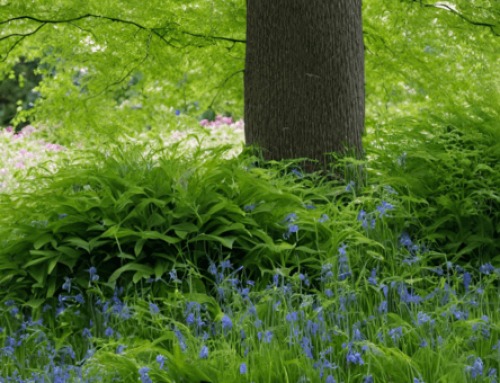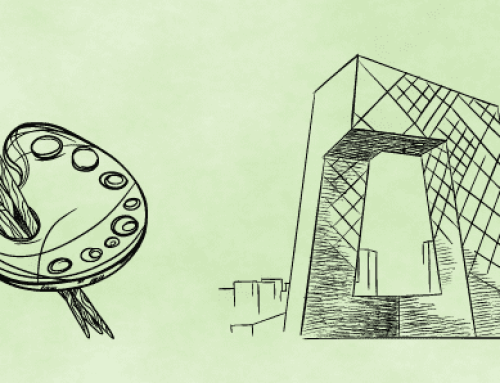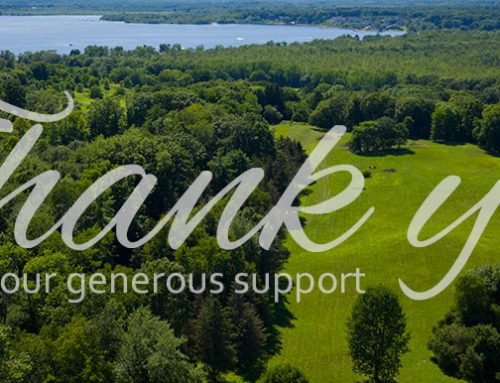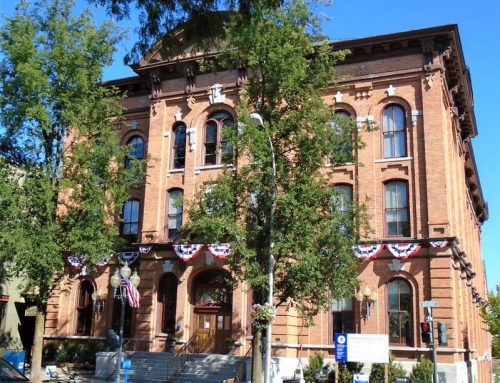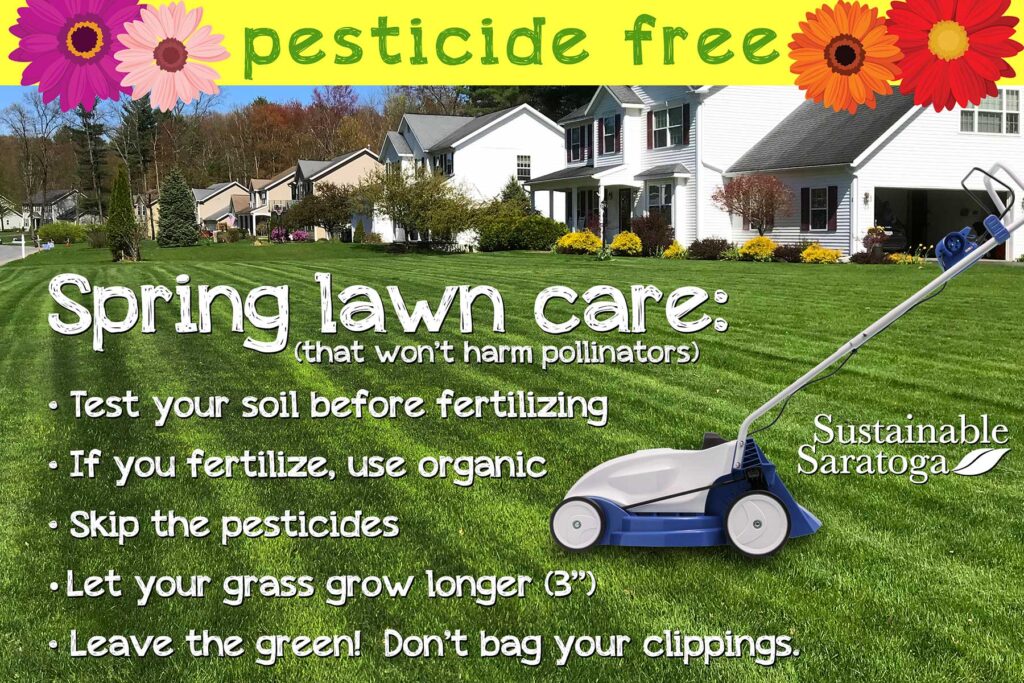
A lush green lawn is the standard in communities across the country. Unfortunately, those perfect lawns come at a high price for the natural world. People lay down heavy doses of fungicides, insecticides, and herbicides to maintain a “perfect” manicured lawn. Synthetic fertilizers, especially nitrogen, require lots of energy to create and pesticides can deplete beneficial microorganisms in the soil. And water, an increasingly limited resource, is often misapplied and wasted.
American homeowners use ten times more chemical pesticides on their lawns than farmers use on all the crops grown in this country. Insect populations are plummeting across the globe, in large part because of the use of pesticides. Declining insect populations are followed by declining bird populations, since many birds depend on insects for food. The pesticides we use on our lawns do not distinguish between “good” and “bad” insects, so what kills Japanese beetles also kills butterflies and bumblebees.
From a pollinator protection point of view, the worst culprit among the pesticides used on lawns is the class of insecticides known as neonicotinoids (including imidacloprid, clothianidin and thiamethoxam), commonly used to control grubs in grass. These insecticides can stay inside the plant body for years, killing all insects that come into contact with them (learn more here).
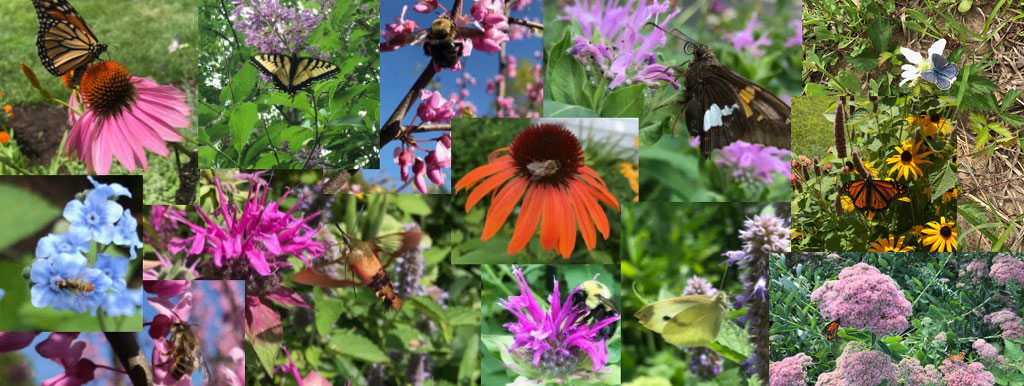
A perfect lawn is not worth the environmental toll it takes.
There are steps you can take to make your lawn more sustainable and less toxic to the environment. A healthy lawn does not need regular applications of pesticides or other synthetic chemicals. Whether you take care of your lawn yourself or hire a lawn care company, you can make some simple changes that will have a big environmental impact.
1) JUST SAY NO TO TOXIC CHEMICALS
Cancel any contracts for lawn care that include insecticide, herbicide, fungicide or non-organic fertilizer applications. If you hire a lawn care company, make sure it only uses organic treatments and tell them not to use any kind of pesticide, fungicide or herbicide on your lawn.
2) FERTILIZE SPARINGLY AND USE ONLY ORGANIC FERTILIZERS
Test your soil first! There are NYS regulations regarding the use of phosphorus, which pollutes our waterways. If necessary, use a slow-release, granular, organic fertilizer. If you hire a lawn care company, find one that uses organic fertilizer. It is most important to fertilize in the fall, but you can also fertilize in mid-May to give your lawn an extra boost. Do not apply more fertilizer throughout the season. Compost is an organic fertilizer, as is composted manure, but there are other organic fertilizers in your local garden centers. Stay away from inorganic fertilizers that come with a heavy carbon footprint.
3) MOW SMARTER
Mow high and leave your clippings. Ask your lawn care company to leave the grass clippings instead of bagging them up. Grass clippings contain a lot of nutrients, so don’t take them off your lawn! Taller grass will be less stressed, and the clippings will help reduce the need for fertilizer treatments. (Note: thick matts of grass should not be left lying on the lawn but otherwise it is safe to leave and will disappear quickly.)
4) WATER PROPERLY
Water deeply during dry spells. Lawns need about an inch of water a week. Frequent, light sprinklings encourage the roots to stay at the surface and form thatch instead of growing deeper into the ground. Tip: Go high-tech and get a programmable timer that pays attention to the weather or go simple and use a bucket to estimate when you have collected about an inch of water.
5) EMBRACE DIVERSITY
If your lawn contains some clover or other flowering plants, learn to think of them as a food source for the butterflies. A healthy green lawn does not have to be a monoculture or an ecological desert.
-
- If you have a weed you just can’t stand, remove it by hand. If you stay on top of it, you can reduce weed populations significantly in the first year.
- Use ecological methods to remove damaging insects. There is a wealth of information on environmentally safe pest management on the web. See, for example, https://www.tenthacrefarm.com/preventing-garden-pests/ and https://www.life.ca/naturallife/0806/pesticide-free-lawn-care.htm.
For more information about pollinators, visit our Pollinator page, which has links to lots of additional information.
Sustainable Saratoga promotes sustainable practices and the protection of natural resources through education, advocacy and action. We provide educational resources that people can use to make informed decisions that affect everyday life, advocate for sustainable policies and programs, and empower our community to take action.
Please consider making a donation today. Your gift supports community events like Tree Toga, Repair Café, and Saratoga Recycles Day, educational events like our composting resources, and supports our advocacy to protect open spaces and address the climate crisis. You can help make our community a more sustainable place for current and future generations to enjoy. Leave a lasting legacy for future generations by donating today.


